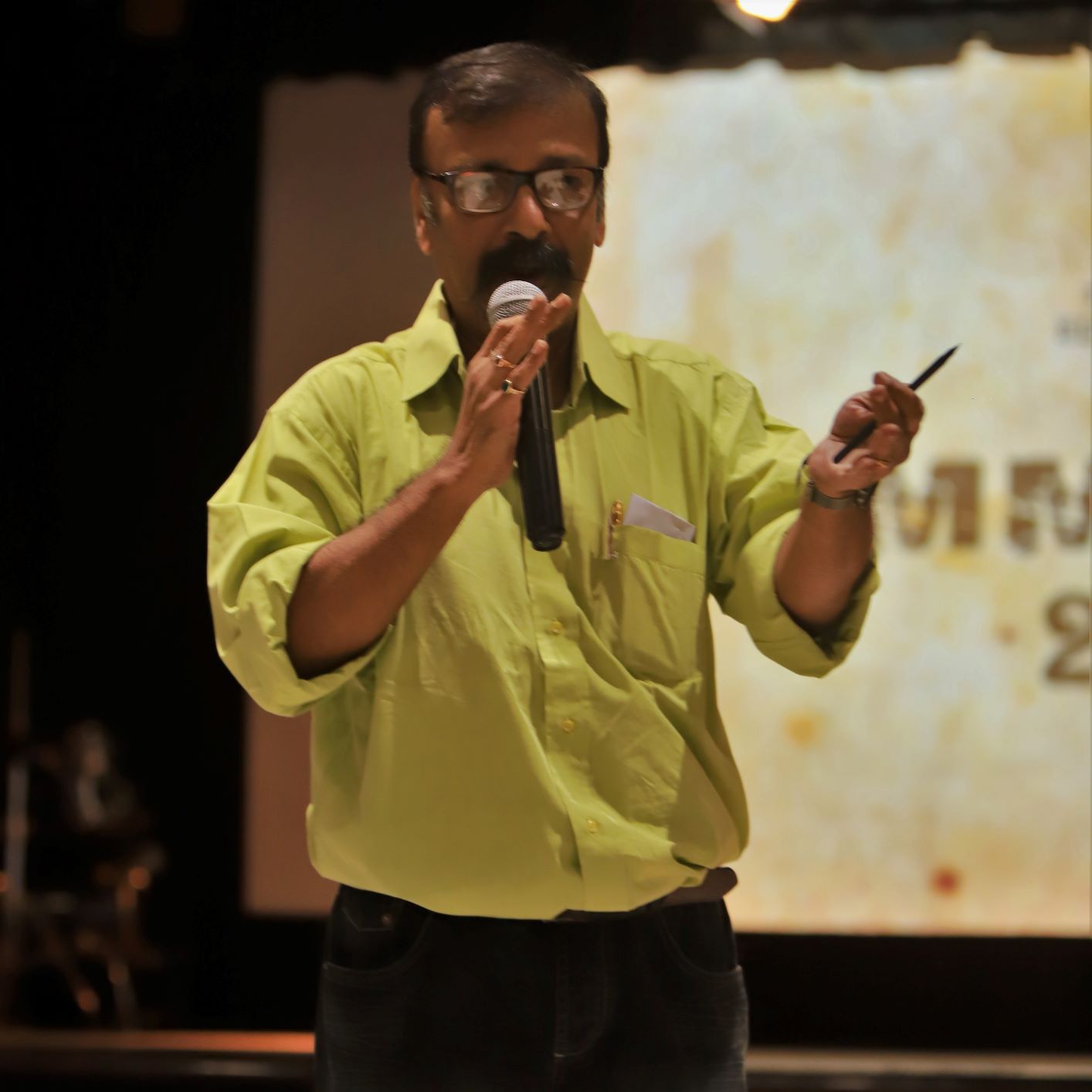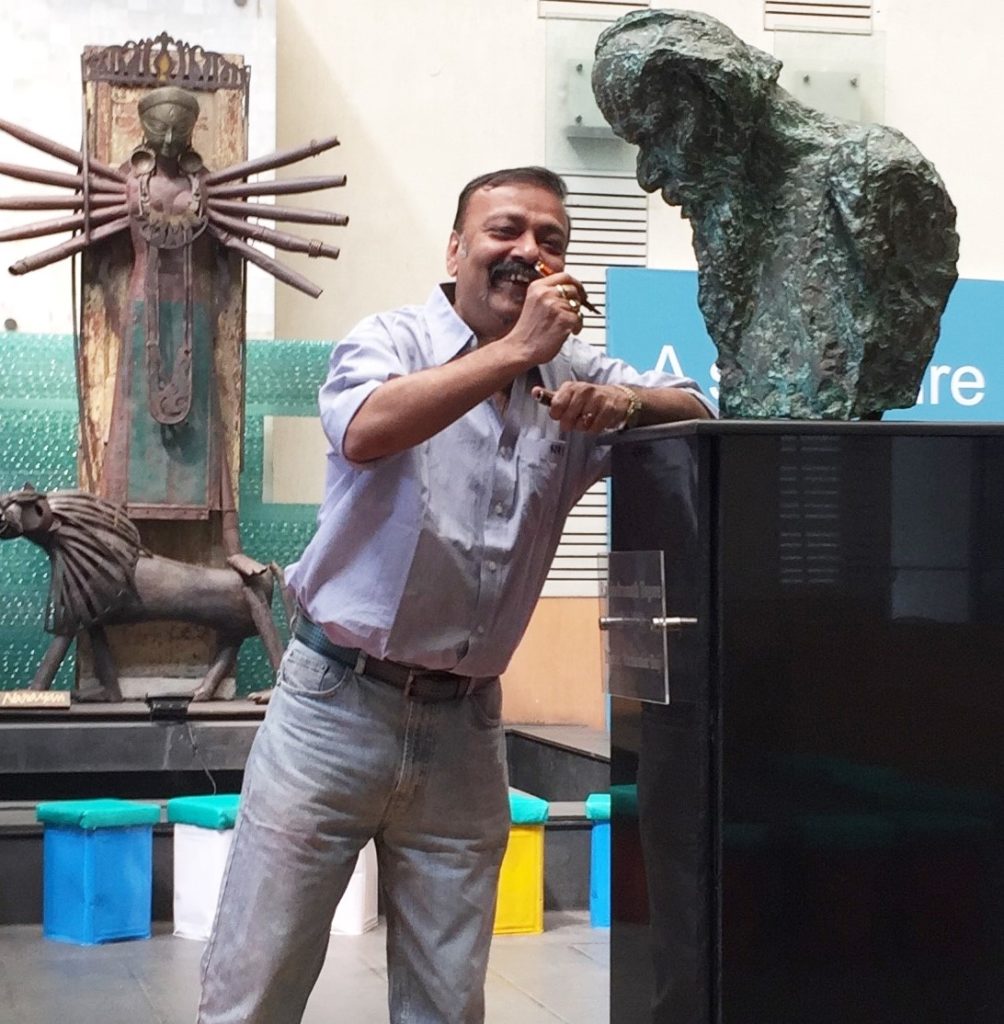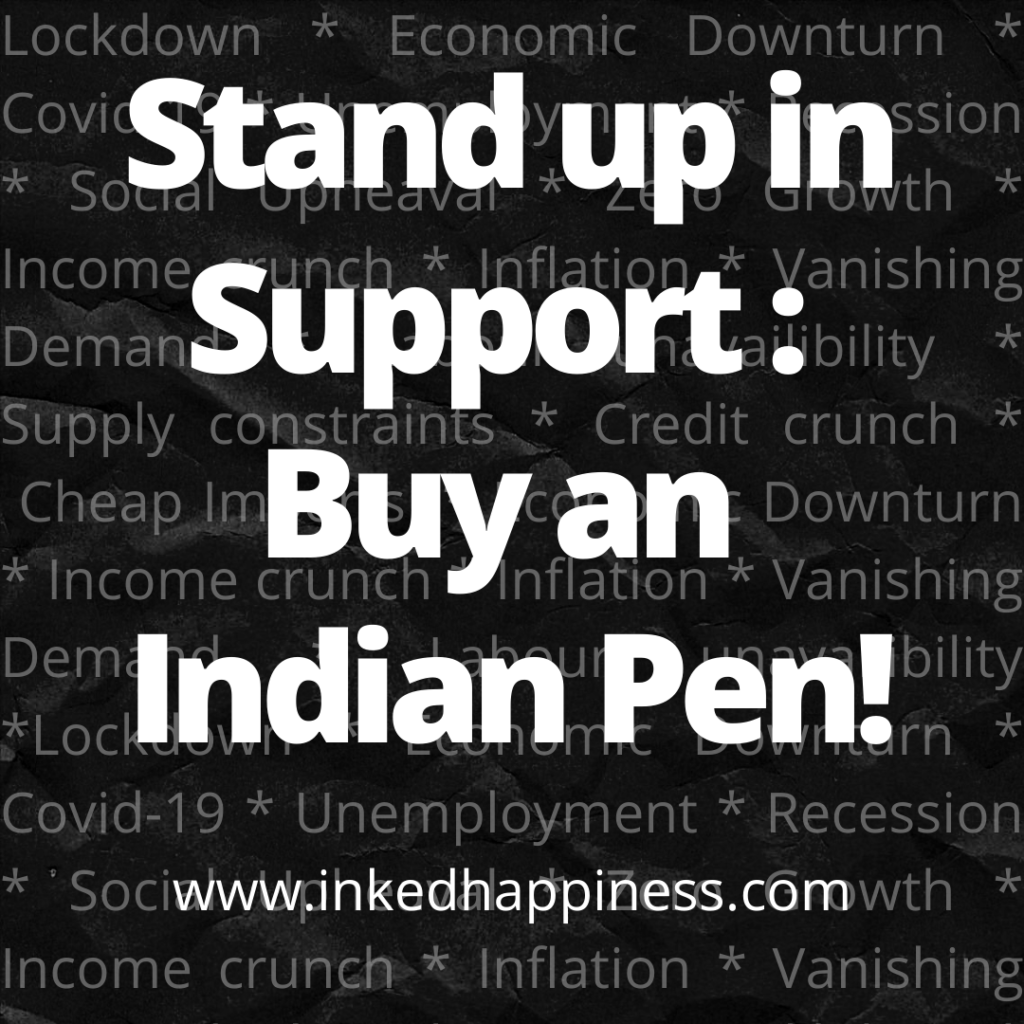
An average Indian Fountain Pen (any pen for that matter) comprises of ten different parts:
- The Cap: Finial, Cap body & Lip, Clip, Insert (inner cap), Center band
- The Barrel: Body & Finial, Trim ring
- The Nib
- The Feed
- The Section
- The Converter
Yes, I know that I am over simplifying things and apples should not be compared with pears. Point taken. Apologies tendered upfront.

What I am merely trying to find out (mind you, “find out”, not “establish”) is just how “Indian” are these Indian pens that are going about asking people to boycott fountain pens from a particular country. Here again, the point that must be underscored is that these xenophobic self-seekers are not saying “buy my pen” but rather “don’t buy their pens”: the stress being not in marketing ones superiority, aggrandisement even, but on belittling – a clear case of a player trying to hit below the belt when competitive advantages are non-existent, opine experts.

But before I proceed further, I think another point needs to be clarified. Those who know me personally, will vouch that I am seldom without an India made Fountain pen. I love my India made fountain pens and use them all the time, have a sizeable collection, but that does not mean that by default, I “hate” fountain pens made elsewhere. I may be in love (obsessed is a better word) with India made fountain pens, but am not blinded by my love and am therefore constrained to ask these questions to my peers in the community, for I have been watching with increasing pain an effort in some quarters to hide our own inconsistencies (failure is too Harsh – nothing to do with Gagwani – a word) behind the jingoistic rouble rousing. I believe we are conceding a self-goal with our misplaced bluster and am therefore raising the red flag.

Like we were saying, a fountain pen has ten basic parts. For the sake of simplicity and clarity (and I know that it is not the fair method of assessment) let us assign equal weightage to all ten.(The exercise can also be done with the relative values of the inputs and / or, the individual input’s volume as a part of the whole and experts tell me, the overall results will be more or less, on similar lines).
Let us for starters, keep the mass produced Indian Pens like Click or V-Sign or Kanwrite out of the ambit and take any so-called Indian pen – even the ebonite eyedropper fillers that have not witnessed a change in production techniques over the last couple of decades will not be able to cross their hearts and claim that they are a hundred percent Indian (design, design!). As for the others, your resins are mostly imported (or at least passed off as imported), the nib and converter are of certain brands by default, and even the clips and trim rings mostly come in bulk from across a certain wall. Add it all up and see for yourself, chances are, your Indian pen is not even half an Indian. Time to shut up and eat our noodles?

I am not getting into the reasons behind this – economies of scale, benefits of mass production, the “boutique” nature of the local industry which is mostly single lathe workshops turning limited number of pieces, blah, blah, blah, blah. All I am saying is that when we know where we stand, why do we allow ourselves to be ridiculed over and over again with “clarion calls” that are neither in the interest of the Indian Fountain Pen lovers, and nor (most certainly not) in the interest of the turners? What is wrong in accepting that we source inputs from various destinations and are “assembling”, with value addition in terms of craftsmanship? Why do we have to compromise on our patriotism to portray and flaunt a fake nationalism? “Jugaad” is not a dirty word, you know?
We talked of comparing apples to pears. Why don’t all of us, in the relative seclusion of our lairs, compare one of “our” pens – any Indian Fountain Pen, with one of theirs? Apples to Apples, down to performance and pricing. I don’t think there is any need to elaborate on this any further, for we know the answer – and please, exceptions do not make the rule.

There is only one thing I want to say. “Appeal” will be the right word. We all know the few people who are responsible for most of the ills that plague the Indian Fountain Pen industry – from “stamped” nibs, to peddling their ware in the guise of fictitious foreigners and short-charging the genuine fountain pen lovers, they have been there, and are doing it all. Surprisingly, these are the same guys who wear the tricolour as a shroud to further their vested interests, while the wages of their sins have to be borne by all.
Time, we raised our collective voice in disgust?


Excellent timely thought provoking piece, all the Hippocrites reading this piece should have their GUILT upto their HILT, if they do have One!
India has suffered in many fronts and fields not because of Enemies but Traitors in Rhinocerous Skin, who are many degrees worse than Wolves in Sheep skin!
Politicians mindset and their tactical approaches have percolated down to every Industry. It is a shame that it had to poison the mighty fountain pen industry too!
Jhoot, Jhoot, Jhoot and Aur Bhi Jhoot! What ever they say has to be taken with a pinch of salt, it already has the Mahatma rolling in his grave!
Time and again those who have been saying “Mera Bharath Mahan”…are Subscribing to a class of people which is “Sow Mein Se Ninyanabee Beyiman”.
What else can be said, if this does not provoke the true Indianness in these pen manufacturers, it is Hara- Kiri times ahead for them!
I am pained beyond relief and hope a new age will dawn where it cold be more than a soothing balm to the true Anguished Indian Fountain Pen Lovers!
With a lot of concern I remain…
https://youtu.be/N7L39Ob3Xew
My tribute to Indian pen – Prasad pen
https://youtu.be/N7L39Ob3Xew
one honest question chawm – don’t you think that the subtleties of your language – the innuendo, are lost on your audience? I somehow feel that your words go in a tangent. no offense, just a thought I wanted to share.
🙂 i wish you were wrong, but know that you are not. but then again, you understand the drift of my writing, don’t you? so why bother about the ones who can’t, won’t? i write what if feel is right, i am under no moral obligation and do not seek to be read, leave alone understood 🙂
As an interested visitor who’s not a member of the Indian fountain pen community, this seems to me like a reaction article to something in current events, but I wish it explained what that something was. Care to elaborate for interest’s sake?
would love to, but that would entail the spilling of a lot of ink, washing of dirty linen in public types. am a tad bit confused if it is the right thing to do?
As usual…What is the make and model of the black pen pictured here? I love it!
this is a click pen. the falcon ebonite – comes in two clip / trim options, silver and gold. writes like a dream and is very attractively priced.
Hmmm. So it’s true.. everything that glitters isn’t gold.. mythbuster.. kudos. Keep us enlightened.
In the ongoing spirit of Attmanirbhar Bharat and the comment you made about parts imported from “beyond a certain wall”, the manufacturers can look towards Jamnagar and Rajkot – a hub for brass parts manufacturing – where the economics of volume may pay well.
lets hope they do 🙂
RUBBISH!
IF THE THINGS ARE COMPLETELY IN THE FAVOUR OF PEOPLE LIKE YOU, THIS ARTICLE WASN’T WRITTEN… YOU’RE TRYING TO MANIPULATE THINGS WELL IN YOUR MIND, BUT THIS TACT HAS BECOME OLD NOW 😀
Very thought provoking article sir. Never really thought about it like this. It really changed my perspective. Truly amazing article sir.